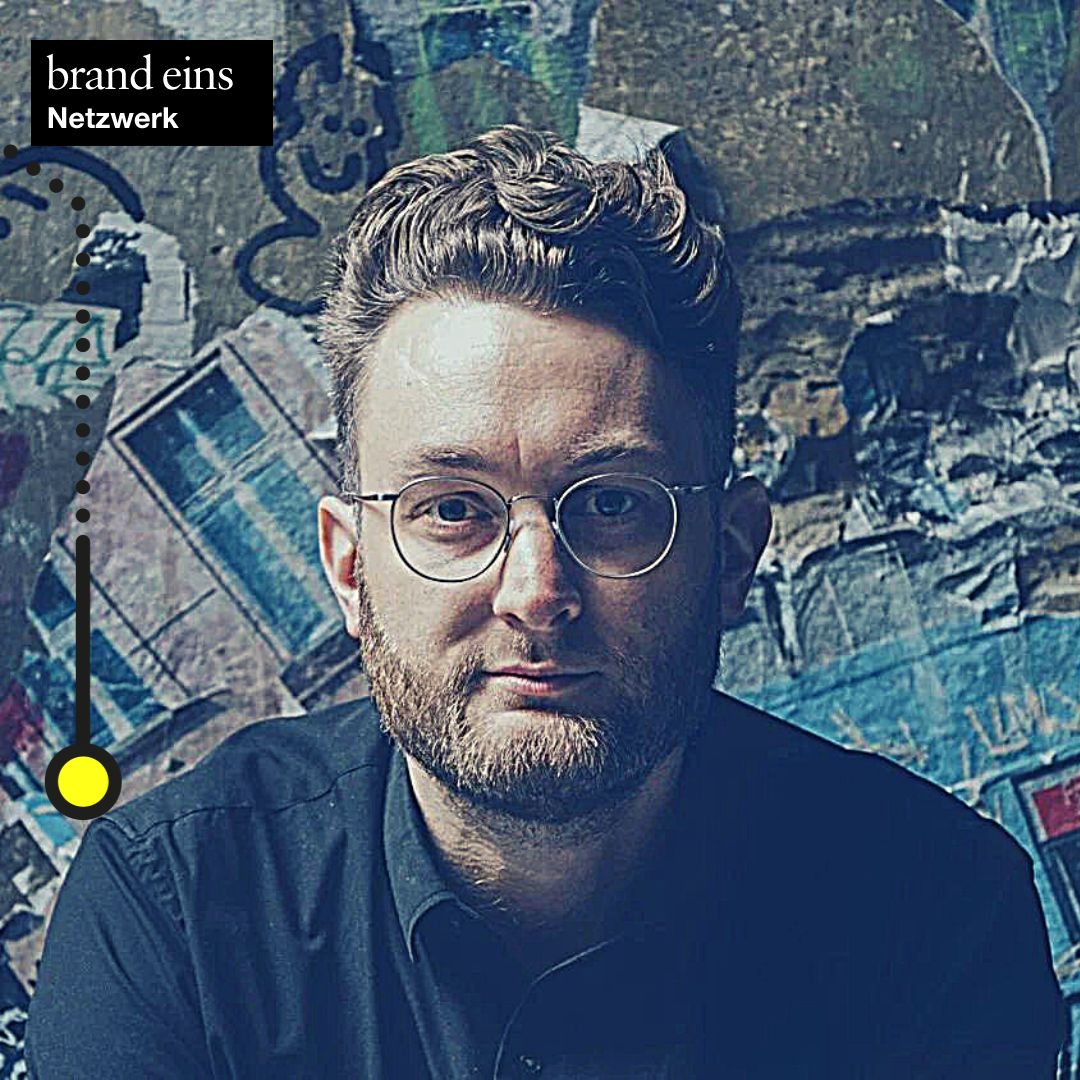Futures as a Mirror of Society


You can listen to the German podcast here.
Images of the future shape our ideas of possible futures and profoundly influence our societal behavior. This insight, first articulated by sociologist Fred Polak in the 1950s, emphasizes the significance of our images of the future: They attract us, influence our decisions, and shape our actions in the here and now.
Unlike classical futures studies, which focus on generating new images of the future, critical futures studies adopt a reflective approach. Its focus is on questioning and analyzing existing images of the future to understand what they reveal about our current fears, hopes, and values. Critical futures studies recognize that the future, though not yet arrived, already exists in our imaginations and shapes our decisions and actions in the present.
Deconstruction of Futures
The starting point of critical futures studies is deconstructing existing images of the future to uncover their underlying assumptions, values, and implications. This approach allows us to question dominant narratives and explore alternative visions of the future based on different value systems.
A concrete example of the impact of future narratives is the discourse on artificial intelligence and generative technologies. Visions shaped by leading figures in Silicon Valley consciously influence our expectations for the future and often steer societal developments to benefit those who design and disseminate them.
This insight raises essential questions: Whose interests are represented by dominant future images? What values underpin these images? Most importantly, does the direction these images lead us to align with the values and goals of a broad majority of society?
Sohail Inayatullah, an influential thinker in critical futures studies, describes the task as “loosening the future.” Instead of viewing the future as fixed and unchangeable, this perspective encourages us to recognize and utilize its openness and malleability.
Futures Studies as Studies of the Present
A fundamental insight of critical futures studies is that it constitutes studying the present at its core. The future visions we develop and discuss often say more about our current hopes, fears, and desires than what may come to pass in the future.
Interestingly, those presenting definitive future visions on stages and in lectures often reveal more about their interests and perspectives than about the future itself. Their statements reflect less objective predictions and more their personal hopes, fears, and wishes. This emphasizes the necessity of critical reflection on the sources of our future images and the motivations driving them.
The engagement with future images and their impact on society brings us to a critical aspect: the power of self-fulfilling prophecies and the performance of futures. This concept, particularly relevant in political and societal discourses such as those related to Donald Trump or the rightward shift in Germany right now, illustrates how expectations of the future shape our behavior and thus increase the likelihood that these anticipated futures become the present.
Reconstruction of Alternative Futures
In addition to providing a platform for analyzing existing future concepts, critical futures studies also enable active participation in shaping a desirable future. It encourages us to rethink the premises behind our visions of the future, contributing to developing a more reflective and fairer future.
Creating such alternative future images is far more than a theoretical exercise; it is an urgent necessity to allow for a more inclusive and diverse future. It will enable us to think beyond the status quo and explore paths to a future that better aligns with our collective values and hopes.
From Visions to Concrete Actions
It’s crucial to recognize that it’s not enough to design new future images. What matters is the transition from desirable visions to concrete actions, which means recognizing and utilizing our own space for action, even if the steps appear small.
The difference between positive and negative images of the future and their impact on people’s acceptance and engagement is fundamental. By focusing on what is enabled through changes rather than what is lost, broader support for transformative projects can be gained.
Particularly striking is the idea that actual change is often initiated by small, prototypical projects representing an alternative future in the here and now. Such “real utopias,” exemplified by communal living projects that promote intense and networked cohabitation, illustrate that alternative forms of society are not only possible but are partly already implemented.
Conclusion
Critical futures studies encourage us to question dominant visions and actively work on creating alternative future images. By becoming aware of and utilizing our action possibilities, we actively contribute to shaping a desirable future. The mission of critical futures studies is to encourage us to take action and show that change always starts with a first step.
Thanks again to Moritz Stoll and the team at Netzpiloten for inviting me. For more of my thoughts, listen to the full episode.

Member discussion